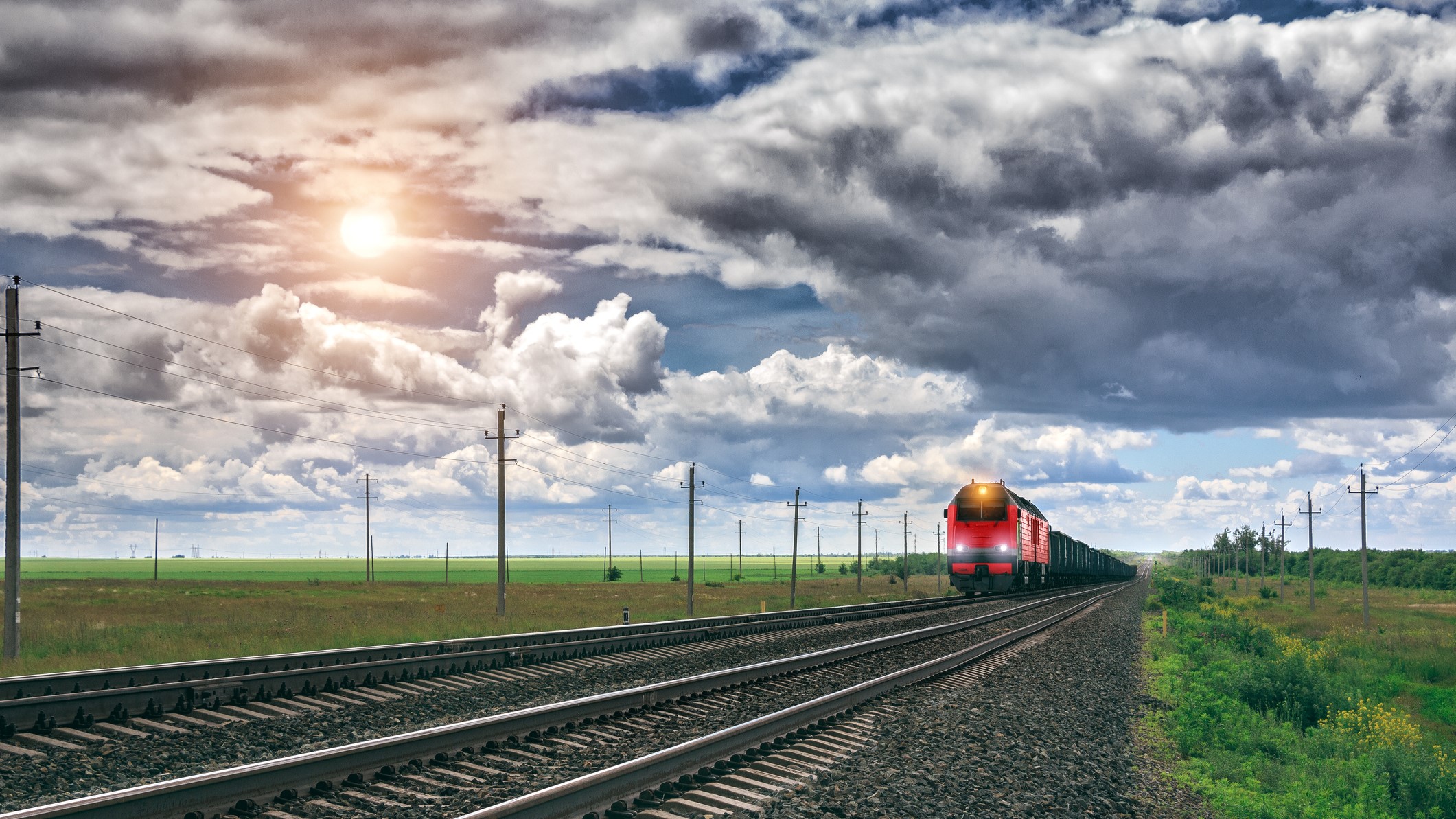Is the International-North-South Transport Corridor (INSTC) still too young to determine its development? Even though the corridor has been in the spotlight for more than a year, it still faces certain limitations affecting its establishment and growth. Apart from the practical infrastructure bottlenecks, regional and global-scale politics will significantly shape its future.
It wouldn’t be an exaggeration to say that the INSTC started as a far-fetched dream to connect Europe with India via a land corridor crossing Russia, Azerbaijan, Armenia, and Iran. Nevertheless, its significance skyrocketed after Russia started scraping for new trade and transport routes following the Western sanctions in 2022.
As a result, the INSTC turned out to be of advanced significance for Russia in an attempt to connect with the Indian economy. In return, India hoped to find a new way of reaching Europe, a scenario that no longer seems realistic within the current sanctions regime. On the other hand, the remaining states of Iran, Azerbaijan and Armenia saw the INSTC as an opportunity to link with the global markets and economy. Especially for the also sanctioned Iran, the corridor seemed like a gateway to escape several years of isolation.
Everything was developing rapidly for some months, especially after the summer of 2022 when Russia turned its full focus on the region. However, things are now stagnating. Regional conflicts between Iran and Azerbaijan jeopardise the corridor’s feasibility, while Armenia is no longer Russia’s preferred partner.
Consequently, it is up to the project’s main partners, e.g. Russia and India, to determine how things will develop according to their economic and political plans. China should not be excluded from the equation either since the role it gradually acquires in the region, for instance, by reinstating bilateral talks between Iran and Saudi Arabia, is not to be overlooked.
A much-awaited agreement
The latest bilateral talks between Russia and Iran foresee signing an agreement to facilitate the construction of the Rasht-Astara railway, which will practically link the Russian and Iranian railway networks via Azerbaijan. Abbas Khatibi, the Iranian deputy minister for transport and urban development, recently stated in Iranian media that the INSTC is Iran’s most important corridor and that the Rasht-Astara railway construction is a top priority.
Moreover, he stated that the agreement will be signed on 21 May at the latest, meaning that from this date on, the financial prerequisites for the line’s construction will be in place, and works could practically begin. However, it is not the first time such news has arrived from Iran. The Rasht-Astara railway construction is making it to the headlines now and then with no actual results. Whether it will finally be realised this time, will be determined on the assigned date.
Tensions between Iran-Azerbaijan
A factor that Russia might not have taken into account so far was the erupting tension in the bilateral relations between its two partners-Iran and Azerbaijan. The two states have entered a series of challenges towards each other through Iranian military drills across the border with Azerbaijan and the opening of Azerbaijan’s embassy in Israel – a no-go for its neighbouring country.
Tensions, however, also arise around Iran’s north-western territories, bordering Azerbaijan and hosting Azerbaijani populations. The discourse between the two states is quite heated, with both sides exchanging war threats to legitimise their authority over this area and its residents. Political and security analysts have been spending tons of ink analysing whether an armed conflict between the two could soon become a reality. They all seem to agree that the interests involved in the region would probably prevent a full-scale war.
The three major players
The financial and security stakes of the three major players in the region are too high to allow a conflict to unfold at the heart of the INSTC. Russia, China and India have much more to lose than gain if Iran and Azerbaijan opt for a head-on collision.
For Russia, such a development would mean a change of plans since its INSTC partners would not be such good partners after all. It would probably have two options: either intervene and prevent a conflict or if the conflict occurs, choose a side. Since talks with Iran are ongoing, and only Azerbaijan remains to ratify a possible agreement for the Rasht-Astara railway, Russia could opt for developing the INSTC through Iran with a multimodal approach, e.g. via direct Caspian Sea links. Nevertheless, it seems more logical that it would avoid such a deadlock.
On the other hand, China could also contribute to that. Its success in reinstating talks between the long-standing rivals Iran and Saudi Arabia proves that its influence and accompanying financial incentives are growing. Nothing seems able to stop China from intervening again and resolving this tension by diplomatic means to the aid of its close friend Russia.
Finally, India, which would also lose a lot from INSTC practically collapsing, is already developing as a relevant global political actor. The country is already cooperating with Russia along the INSTC by launching smart logistics projects to facilitate traffic in the corridor. At the same time, having a good relationship with the US and the rival block of China-Russia, analysts claim that India could also contribute to ceasing fire in Ukraine. Consequently, if it could influence such a development, the possibilities of allowing a conflict to unfold in its neighbourhood are minimised.
In the end, the main takeaway of this analysis is that no matter the factors or reasons, the INSTC will not develop as quickly as expected. Indeed the corridor is very young, and all parties must take steps to establish it as a feasible transport route. Even if tensions phase-out and the war in Ukraine ends, other technical issues like the sanctions on Iran will need to be overcome.


